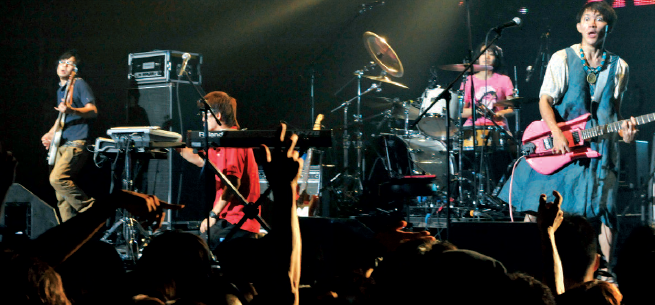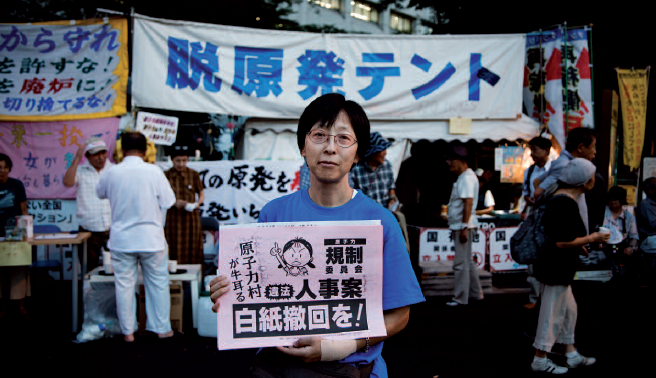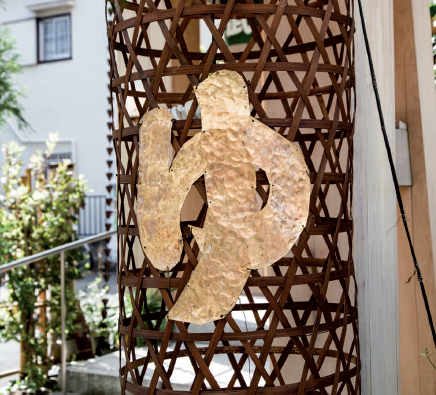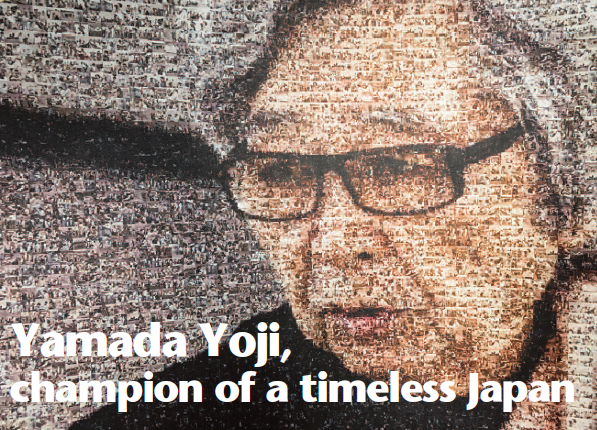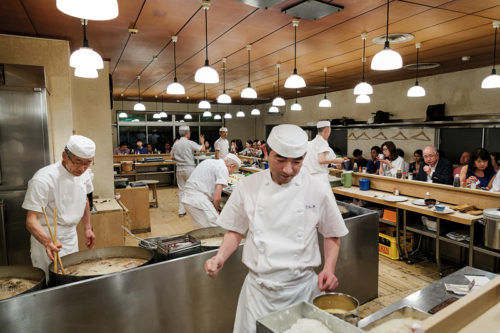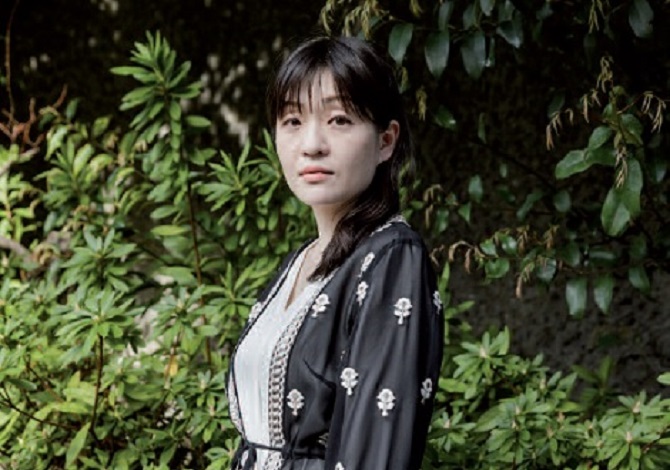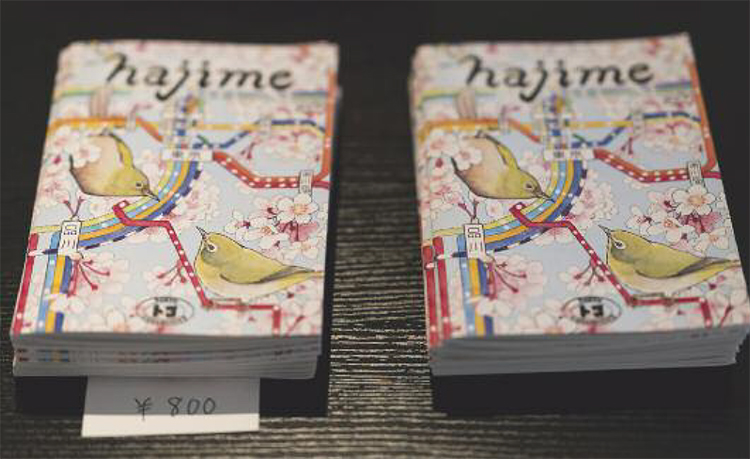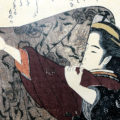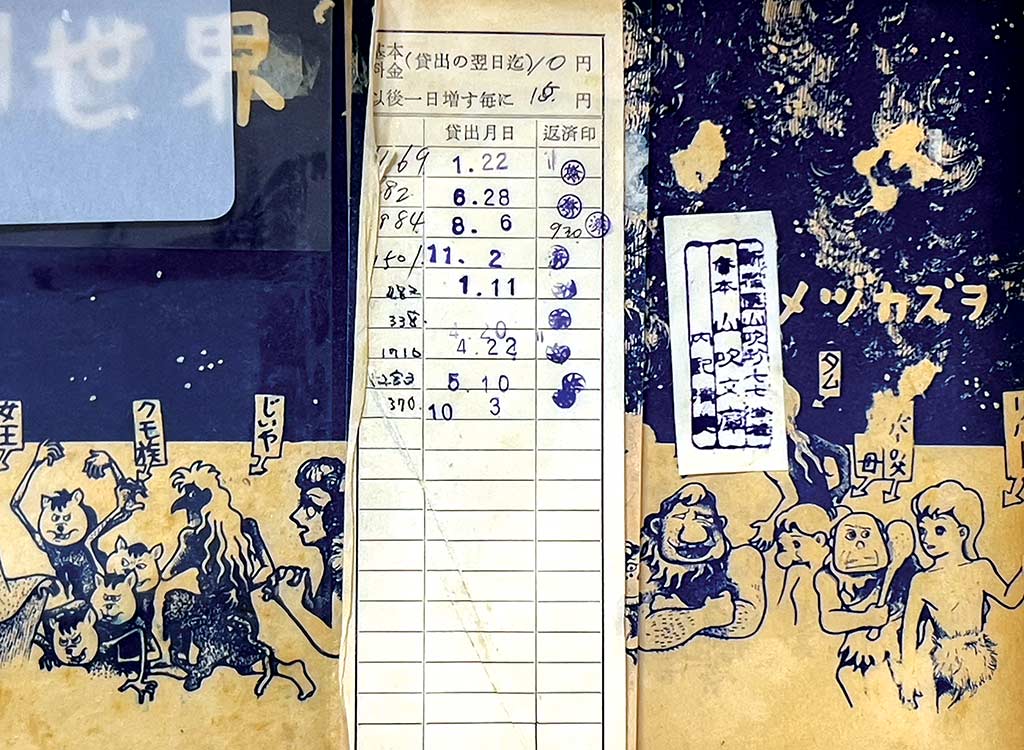

Rental bookshops (kashihonya) played a key role in the development of manga in Japan.
Once upon a time, people used to enjoy physical goods. Now we can buy e-books and download digital files of films and songs from the internet. Not so long ago, a trip to a DVD rental shop was part of our daily life.
While online streaming and digital downloads have become popular even in Japan, many people here still prefer physical objects. For example, the last Tower Records store in America closed in 2006, but its Shibuya branch (now run by a local company) is still open and is said to be one of the biggest music retail outlets in the world (nine floors and 5,000 square meters of selling space). As for films, in December 2021, there were still 2,677 rental stores around the country. Japan is also home to a thriving book and manga rental culture that developed centuries ago. Nowadays, thanks to technological innovation and cheaper production costs, everybody can afford to buy a book (especially the small paperback bunko editions), but until the post-WWI period, books were priced at the equivalent of today’s 2,000 yen*, placing them out of reach for most people. Still, Japan had a highly developed reading culture, and to satisfy people’s thirst for printed material, rental bookshops sprang up everywhere from city centres to tiny mountain villages and fishing hamlets.
The book rental system arose during the Edo period when paper and printed goods were still made by hand and there were only a severely limited number of copies in circulation, making them a luxury good that only aristocrats and the rich could afford. However, during the Edo period, the literacy rate quickly rose among the general population and according to various estimates, 40-50% of men and 15% of women could read and write. Also, technological advances made it possible to print up to 1,000 copies of a single work.
The printing process, of course, was still manual, so book prices remained prohibitively high. To remedy the problem, rental businesses began to purchase books produced by local wholesalers and lent them to ordinary people at low prices. During the Edo period, these people did not have shops but carried their books on their backs and took them around to their customers. The most successful lenders were those who got to know each customer’s interests and brought books that matched their tastes.
They handled a wide variety of genres, from academic books (Buddhist and Confucian works, history books, military records, biographies and medical books) to works of entertainment such as haiku poetry, comic stories, plays and novels by popular authors like Ihara Saikaku and Chikamatsu Monzaemon, and even children’s books, called akahon. It is said that at the end of the Edo period there were between 700 and 800 book rental businesses around the country. They typically served a couple of hundred homes, so they reached an estimated 100,000 readers or more.
The industry continued to expand even in the 20th century when readers flocked to kashihon Rent and return At the end of rental manga, there was a card on which the customer’s number, rental date and return stamp were recorded. Rental bookshops (kashihonya) played a key role in the development of manga in Japan. Eric Rechsteiner for Zoom Japan February 2023 number 101 ZOOM JAPAN 3 FOCUS (rental book) stores to get the latest novels by mystery writer Edogawa Ranpo and the increasingly popular manga and children’s books of the day. According to Takano Shinzo, former editor of avant-garde comic magazine Garo and founding member of the Kashihon Manga History Study Group, rental bookshops acquired their merchandise by either buying directly from publishers or from other bookshops that wanted to get rid of their surplus stock. “Regular bookshops would sell copies of new unsold books to wholesalers, and kashihon shop owners would buy from those places,” he says. “In Tokyo, there were many wholesalers under the railway tracks in Ueno and Kanda, near the current secondhand book district, Jimbocho. After the war, you could find hundreds or even thousands of comics piled up in those tiny shops, often smaller than 15 square metres.”
In Japan, newly published books are sold everywhere at a fixed price since discount sales are prohibited by law. However, the kashihon shops could barely make a profit by purchasing only new books. In order to circumvent the regulations, booksellers came up with the zokkibon system. “Zokki books are new books sold at an extremely low price in the used book market,” Takano says. “Since the rigid book sales system does not apply to secondhand books, brand-new books are “aged” by drawing a red line on the edge of the book or putting a stamp on the cover. This way, the bookstores can sell them at whatever price they choose.”
The kashihon network finally boomed after the war, when a lot of people were busy just trying to survive among the ruins, and a book was the last thing they could afford. In just a few years, many thousands of rental bookshops opened everywhere. It was amid economic austerity and food shortages that the kashihon manga (comic books expressly published for the rental market) first appeared in 1953, quickly establishing themselves as a hugely popular product.
“Many of the first kashihon manga artists had a kami-shibai background,” Takano says. Kami-shibai (literally “paper theatre”) was a kind of street theatre where storytellers performed on street corners with sets of illustrated boards that they placed in a miniature stage-like device and narrated the story with changing images. “The most popular genres were ghost stories, westerns, sci-fi, and tales of filial piety for girls, and were generally drawn in a realistic style, except for gag humour. This created a problem when kami-shibai artists such as Mizuki Shigeru and Shirato Sanpei moved to kashihon manga and had to adapt to a more cartoony style.
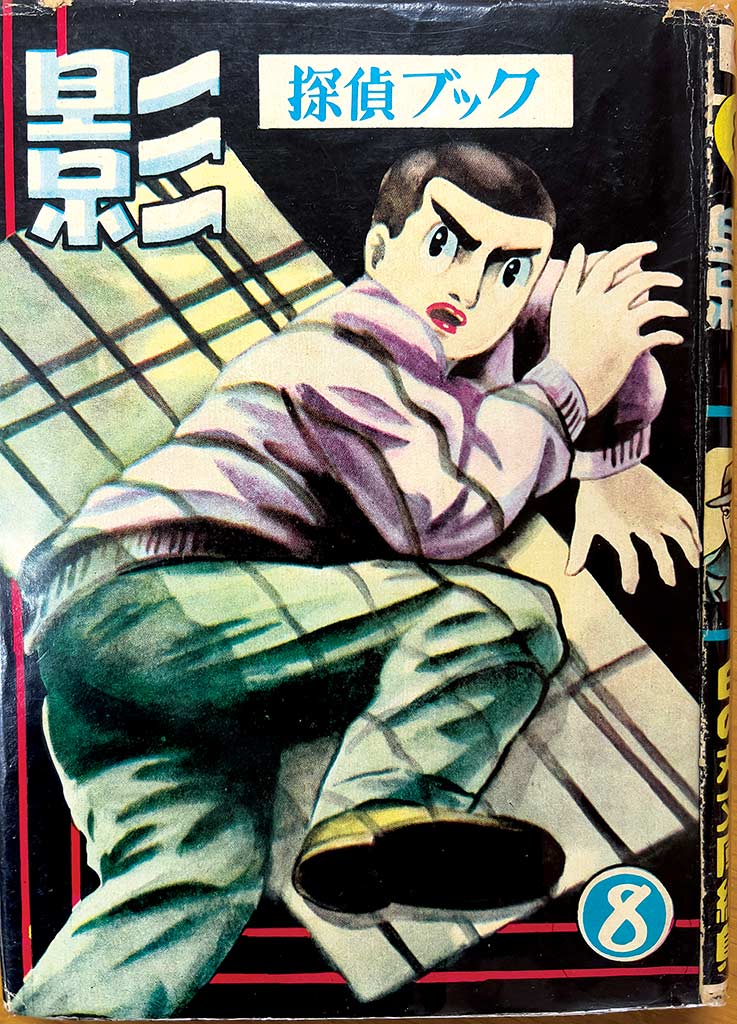
Typical kashihon manga were anthologies featuring stories by several artists. They were collected in hardcover volumes, sturdy enough to withstand rough handling, especially by their many young readers. Since they mainly appealed to the working class, the rental shops tended to gather in less affluent districts. “Many were located in Shinagawa and Ota wards, in Tokyo’s south side, which were home to many machikoba (small factories),” Takano says. “Many young men and women aged 16-17 who lived and worked there would regularly rent five or six books at a time. Other low-income districts, such as Arakawa and Koto wards had a big concentration of rental shops. On the other hand, the posher Yamanote residential area in western Tokyo had relatively few. To be sure, most of the protagonists in kashihon manga belonged to the lower classes, so their stories resonated with those readers.” These comics could also be found in sweet shops, barber shops, stationery shops, and other small family-run stores that stocked a few copies to supplement their revenues.
The 1950s were the golden age of Japanese cinema. As people’s lives improved, they even started enjoying other forms of entertainment such as skiing and skating. However, during the whole decade, kashihon manga suffered little from their competitors and remained much more popular than novels because there were still many young people living in poverty all over the country.
One of the characteristics of those comic books was that they featured a correspondence column. The readers’ addresses were also listed, letting them interact with the manga authors. This helped create a vibrant community of manga fans. “It was a more easy-going, carefree era,”
Takano says, “as people were less concerned about their privacy. It was only later, during the period of rapid economic growth, that middle- class consciousness took hold and the magazines stopped listing the addresses in their correspondence column. Today, of course, revealing personal information would be unthinkable.”
In 1959, laws prohibiting the sale and lending of certain books to young people were passed. This was supported by a movement to restrict “harmful books” – works featuring crime, sexuality, violence, suicide, etc. in a blatant or exploitative way, and which were considered to be harmful to the character development of young people. “It is true that kashihon manga had a rather bad reputation, at least in certain social circles,” Takano says. Rental bookshops were socially despised for being far inferior to bookshops that sold both new and used titles. Tezuka Osamu himself believed kashihon manga to be low-quality comics, which compared unfavourably with the kind of manga for children he preferred. This did not go down well with many people, including Mizuki, who was enraged by Tezuka’s arrogance and saw the laws as a way to limit freedom of speech.”
To be sure, some of the stories featured in those books were incoherent, nonsensical and crudely drawn. Moreover, they often touched upon subjects that mainstream manga avoided, considering them controversial. One of Hirata Hiroshi’s stories, for example, dealt with discrimination towards burakumin, a low-status social group. There was also a tendency to regard people with physical disabilities as grotesque. In Shirato Sanpei’s Ninja Bungeicho (Ninja Martial Arts Books), for instance, people with physical disabilities appear frequently. “The fact that kashihon manga often featured those who were discriminated against and oppressed is not necessarily a bad thing,” Takano says. “Those publishers accepted the approach and artistic vision of each author, and then it was left to the readers to decide for themselves whether they liked those subjects or not.”
In any case, the authors had to keep in mind that being a kashihon manga artist was not going to enhance their social standing. According to the manga great Tsuge Yoshiharu, a small rental bookshop opened in the working-class area where he lived in 1955, the year he started drawing. In the absence of cafes in the neighbourhood, people used to hang out in the bookshop. He mainly went to ogle the girls who worked behind the counter, but he quickly realised that for those young ladies, kashihon manga were trashy publications whose authors did not deserve their admiration.
From the latter half of the 1950s, more public libraries began to open while books became more affordable and, more importantly, mainstream magazines changed from pricy monthlies to cheaper weeklies so that more people could easily get their regular dose of comics. These changes spelled the beginning of the end for the kashihon industry. Many rental bookshops were still around in the early 1960s, but their numbers dwindled in the following two decades as they were replaced by video, CD and DVD businesses.
The bookshops’ demise was also caused by a change in legislation. One of the reasons for the proliferation of rental shops in the 1950s, apart from the books’ prohibitive prices, was that when the Copyright Act was first enacted, it did not take into account the right of a copyright holder to get a fee from rental businesses. In other words, everybody could easily rent printed material to customers for a fee without obtaining permission from the copyright holders. Then, in 1984, lending rights were introduced. The new legislation was mainly enacted to respond to the rapid expansion of CD rental stores nationwide, but it ended up hurting kashihon shops.
However, this is not the end of the story. In fact, while today independent kashihon shops are nowhere to be found, in the 21st century there has been a manga rental boom of a different kind. It began when some rental DVD and CD chain stores started to rent comics for a fee. With the spread of internet broadband, audio and video works began to be directly distributed to users in digital form. The rental shops saw their revenues falling sharply and began to fill their empty shelf space with books and magazines.
In the beginning, major publishers tacitly tolerated the existence of rental bookshops because they were small and their numbers were steadily decreasing anyway. But things changed when big chains like Tsutaya, which sold and rented out CDs, DVDs and video games, started renting out books. Today, for instance, Tsutaya has 807 Tsutaya Books stores in all the country’s 47 prefectures except for Shimane. Yet another problem was caused by the ubiquitous internet cafes stocking hundreds of manga, which customers could read for free.
The publishers eventually sprang into action, and as a result of various corporate lobbying activities, the copyright law was revised in 2005 to allow the application of rental rights to books including comics. Furthermore, after a difficult discussion between the Publication Renting Rights Management Centre (representing the copyright owners) and the Japan Compact Disc and Video Rental Commercial Association, a tentative agreement was reached at the end of 2006, and a new system of collecting rental fees for books from rental companies and returning them to copyright holders began from 1st February 2007. In the meantime, it was decided that the very few surviving independent rental bookshops could apply for exemption from borrowing fees. This right, however, is limited to small shops with a stock of 10,000 books or fewer.
In response to this move, Tsutaya announced that it would begin a fully-fledged comic rental business in April 2007. At the same time, Japan’s largest used-bookstore chain Bookoff (807 shops in March 2018) launched a home-delivery comic rental service. However, now that we have entered the third decade of the new millennium, even those enterprises begin to look outdated. As more people dislike carrying around bulky and heavy books, and paper is now seen as unnecessary, e-book rental services have emerged to satisfy the younger generations’ desire for digital goods. Renta!, for instance, is Japan’s largest online rental service. Its e-books (not only manga but even light novels) can be rented from 100 yen for 48 hours and can be purchased for an additional fee. This kind of manga rental service is popular because people can easily read books and manga from their smartphones or tablets.
The new comic rental business model has nothing in common with the traditional kashihon shops, as they are based on big impersonal corporate chains and treat books like groceries. Unfortunately for independent bookshop lovers and those who remember the cozy feeling of the family-run kashihon shops, the “good old days” are gone for good. Long live kashihon manga!
Gianni Simone
*1 GBP = 157 yen (8 February 2023)

